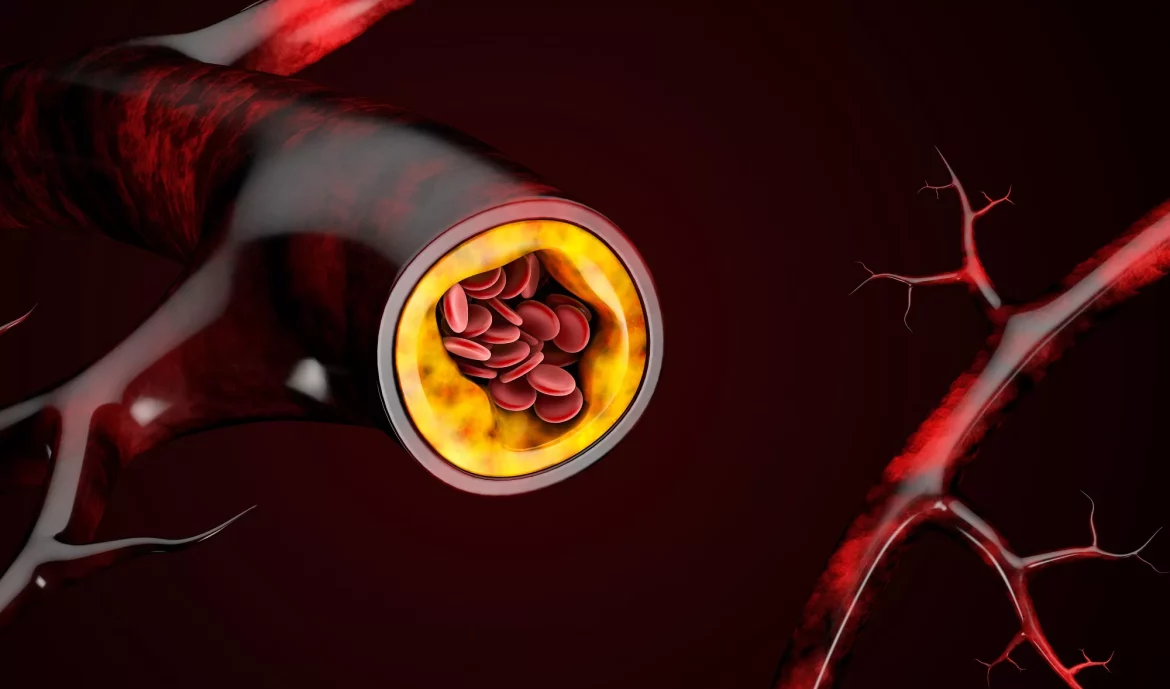When an angiogram reveals blockages in the arteries, it often signals a critical juncture in cardiovascular health.
Angiography, a diagnostic procedure that uses X-ray imaging to visualize blood vessels, is instrumental in identifying blockages that can impede blood flow and lead to serious complications such as heart attacks or strokes. Understanding what occurs when an angiogram shows blockage is crucial for patients, cardiologists, and healthcare professionals alike, as it guides decisions regarding treatment and management strategies. This article delves into the intricate details of the aftermath of a blockage diagnosis through angiography, exploring the implications, procedures, and potential outcomes.
Angiogram Interpretation and Blockage Severity
Interpreting an angiogram requires expertise and precision, as it provides detailed images of blood vessels and highlights areas of narrowing or blockages. Blockages can manifest as atherosclerotic plaques, which are deposits of cholesterol, fats, and other substances that accumulate within the arterial walls. The severity of blockages is typically assessed using a grading system, with categories ranging from mild stenosis to severe occlusion.
SEE ALSO: How to Prevent Ischemic Heart Disease?
Immediate Response to Blockage Diagnosis
Upon discovering significant blockages during an angiogram, immediate action is often necessary to mitigate the risk of adverse events. Cardiologists and healthcare teams swiftly evaluate the patient’s overall condition, considering factors such as the extent of blockages, the presence of collateral circulation, and the patient’s symptoms and medical history.
Treatment Options for Angiogram-Confirmed Blockages
The treatment approach following a blockage diagnosis on angiography depends on various factors, including the location and severity of the blockages, the patient’s overall health, and the presence of other cardiovascular conditions. Common interventions for managing blockages detected through angiography include:
Medication: In cases where blockages are not immediately life-threatening or are amenable to medical management, medications such as antiplatelet agents, statins, and blood pressure-lowering drugs may be prescribed to reduce the risk of clot formation, lower cholesterol levels, and improve overall cardiovascular health.
Angioplasty and Stenting: For more significant blockages that impede blood flow and increase the risk of cardiac events, angioplasty and stenting procedures may be recommended. During angioplasty, a catheter with a deflated balloon is guided to the site of the blockage, where the balloon is inflated to compress the plaque and widen the artery. A stent—a small mesh tube—is often placed to keep the artery open and maintain blood flow.
Coronary Artery Bypass Grafting (CABG): In cases where multiple or complex blockages are present, coronary artery bypass grafting surgery may be necessary. This surgical procedure involves rerouting blood flow by grafting blood vessels from other parts of the body to bypass the blocked coronary arteries, restoring adequate blood supply to the heart muscle.
Lifestyle Modifications: Regardless of the chosen treatment modality, lifestyle modifications play a pivotal role in managing blockages and preventing future cardiovascular events. These modifications may include adopting a heart-healthy diet, engaging in regular physical activity, quitting smoking, managing stress, and adhering to prescribed medications.
Complications And Prognosis
While interventions following an angiogram showing blockages aim to improve cardiovascular health and reduce the risk of complications, certain factors can influence outcomes. Complications that may arise during or after interventions include:
Bleeding or hematoma at the catheter insertion site
Allergic reactions to contrast dye used during angiography
Coronary artery dissection or perforation
Restenosis or re-narrowing of the treated artery
Acute coronary syndrome
The prognosis following treatment for blockages detected on angiography varies depending on the individual’s overall health, the effectiveness of interventions, adherence to medical recommendations, and lifestyle factors. Regular follow-up appointments, monitoring of cardiovascular parameters, and ongoing management are essential components of post-treatment care.
Conclusion
In conclusion, the implications of an angiogram showing blockages extend beyond the diagnostic realm, prompting timely interventions and comprehensive management strategies. From medication regimens to invasive procedures, the treatment approach is tailored to each patient’s specific needs and aims to optimize cardiovascular function while minimizing risks and complications. Continuous advancements in medical technology and therapeutic modalities contribute to improved outcomes and enhanced quality of life for individuals with coronary artery disease.


